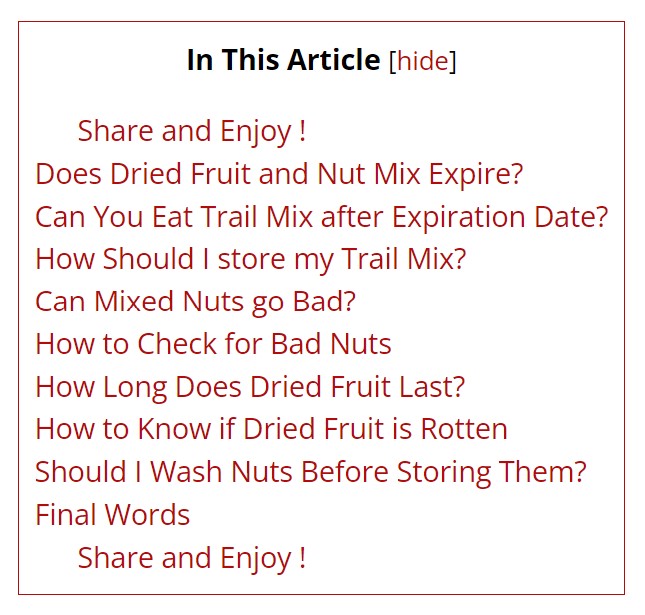Have you ever wondered how to create a high-converting landing page? Well, today, we are covering how to create a high-converting landing page.
Here’s the deal: Creating high-converting landing page times is a challenge. The landing page is the last point of contact between the marketer and the customer, so the message must be clear and convincing.
In this article, we will share the key elements to create a high-converting landing page.
1. Header Needs to Captivate
The header needs to captivate the audience to create a high-converting landing page. A compelling header invites the reader to engage with the product or service in an interactive way.
In fact, the header is so important that 8/10 people will read the headline, but only 2/10 will read the rest, according to the digital doughnut.
2. Adjust the Layout
With the header established, it is time to focus on the layout of the high-converting landing page. If the goal of the landing page is to answer questions surrounding a common problem, like in a forum, short paragraphs can be effective.
Consider using questions as subheaders in a layout such as this. Use the supporting text to provide answers and expand on the topic.
Be sure to include different circumstances in the answers. Often there are many different approaches to accomplish the same goal.
3. Table of Contents

When creating a high-converting landing page, consider providing a clickable hyperlinked table of contents at the top of the webpage.
A table of contents allows the visitor to easily navigate the webpage, increasing the probability of converting the customer.
The table of contents also gives clarity to the landing page’s layout. A person visiting the landing page is often looking for a precise answer.
Providing a table of contents allows this visitor extra time to navigate the landing page to accommodate their specific needs.
4. Use Compelling Imagery
Now, just as we grabbed the audience’s attention with the header, we also must use compelling imagery to grab the audience’s attention.
Images are the first thing processed when visitors see a webpage. They must be aesthetically appealing but also represent the brand.
Imagery is so important that it can determine whether a person will stay on the webpage before they decide to read a single word.
Use the imagery in several ways, if possible. Use images to provide a scene of the brand portrayed in real-life examples.
Social proof can validate the customer’s expectations and shows them how they can visualize themselves using the product.
If within the marketing budget, consider using a social influencer in a photo or video clip to promote the product. Social media influence will increase brand recognition.
5. Establish the Brand's Value Proposition
Now that we have established compelling imagery, it is time to focus on the brand’s value proposition.
What are we trying to accomplish when a person visits this landing page? We want the visitor to turn into a customer by completing a conversion action.
To do this, you must allow the reader to think for themselves. Present the facts nicely arranged, which will give the landing page credibility. It also makes it easier for the customer to understand the value associated with the product.
A simple way to achieve this is to compare your product to your competitor’s. This strategy shows transparency, does the research for them, and allows the visitor to use their critical thinking when looking at the facts.
6. Use Appealing Visual Graphic

Use a visual element such as an infographic to make it easier for them. Present a list of the pros and cons of both products and show them side by side.
By allowing the customer to make this decision independently, they will become more emotionally invested when it comes down to crunch time.
The value proposition can be the marketer’s most significant asset if used correctly.
People do not want to be force-fed information, especially when making important decisions like purchasing a product or subscribing to a service.
7. Consider the Use of A/B Testing
To ensure the landing page is being optimally received by the public, implement the use of A/B testing.
Effective marketing is a long process of trial and error. Most of the time, marketers learn more from their failures than from their successes.
Consider A/B testing if the landing page is not hitting the campaign goals. Use A/B testing to test two different headers simultaneously to discover which one is driving more traffic.
Use A/B testing to determine which visual elements to keep, rearrange, or omit from the landing page.
Creating a high-converting landing page takes time, but it also takes much troubleshooting.
Examine the analytics closely, see what areas need to be improved, and make the necessary adjustments to reach the campaign’s objective.
8. Establish Trust in the Call-to-Action
To ensure the product demonstrates its maximum value, include a guarantee or return policy, so there is no guesswork for the customer.
Put this information close to the landing page’s call to action. Reviews are also crucial for establishing trust. Establishing trust is especially important during the conversion stage.
To make it easy for the customer, change the color of the call-to-action or CTA button to differentiate it from the rest of the webpage. Making the CTA the same color can leak some conversions because it may get looked over.
Doing this will speed up the conversion action when it matters most. Something as simple as this may be the determining factor before the conversion action takes place.
Last Words
There are many ways to create a high-converting landing page, but the most important thing to remember is to tailor it to reach conversion goals. Put more emphasis on certain aspects of the landing page to best accommodate the overall user experience.
Firstly, the goal is to have visitors stay on the landing page once they arrive. Use a clean layout with effective imagery to give the landing page a compelling visual appearance. Consider these elements as the first impression visitors will have of the landing page.
Ultimately, the primary objective is to have visitors perform a conversion action. For this to happen, content is vital. Present the facts objectively, allowing the reader to put together the pieces. Allow the customer to draw their conclusions to have them emotionally invested in the product.
These guidelines will give a solid foundation for creating a high-converting landing page. Hopefully, these tips will contribute to reaching the marketing KPIs and fulfill the campaign’s primary objective.
Liked this article? Try out some of these:
![How to Make a High Converting Landing Page [8 Killer Tips]](https://outburstmarketing.com/wp-content/uploads/2022/08/how-to-make-a-high-converting-landing-page.jpg)
![Do 301 Redirects Hurt SEO? [The Right Guide]](https://outburstmarketing.com/wp-content/uploads/2023/02/Untitled-1024-×-647-px-1024-×-647-px-6.jpg)
![Best Dallas SEO Training Courses [2023 Guide]](https://outburstmarketing.com/wp-content/uploads/2023/02/ssssssss.jpg)
![Best Denver SEO Courses [What You Need to Know]](https://outburstmarketing.com/wp-content/uploads/2023/02/Untitled-1024-×-647-px-1024-×-647-px-4-2.jpg)
![Should You Buy Backlinks in 2023 [Everything You Need to Know]](https://outburstmarketing.com/wp-content/uploads/2023/01/backlinks1.png)